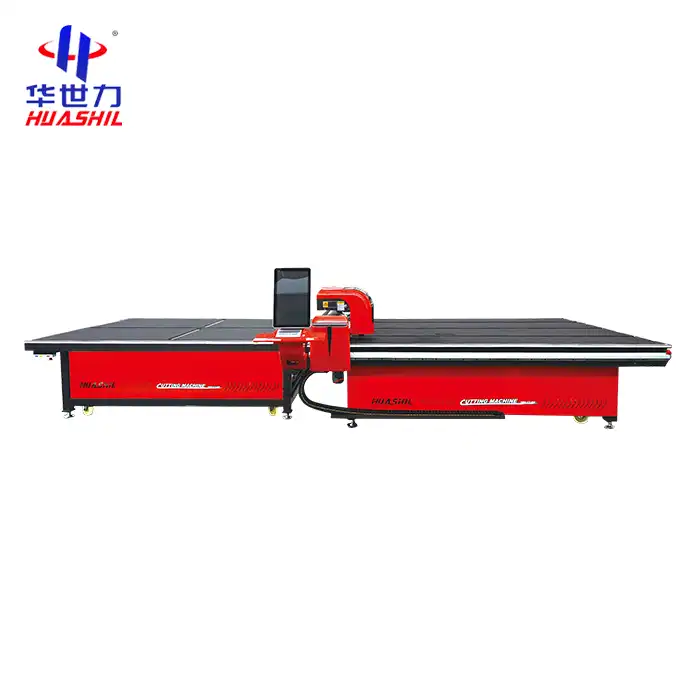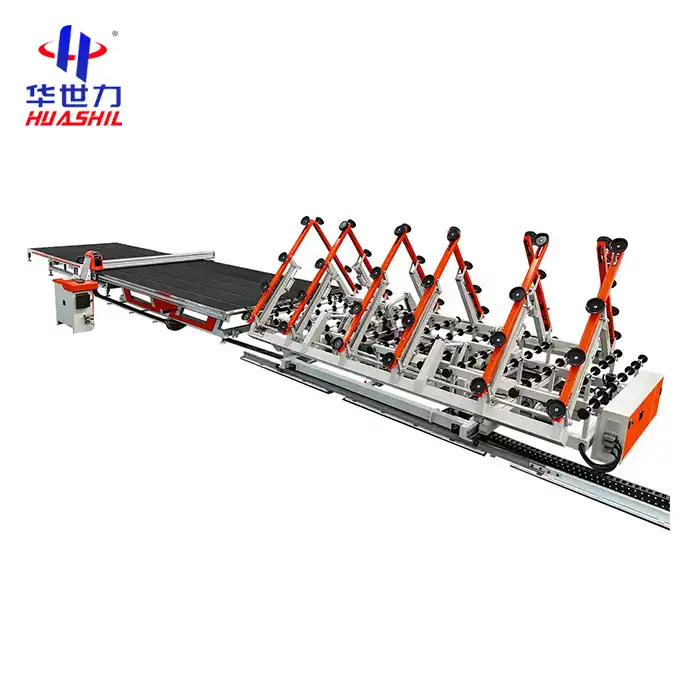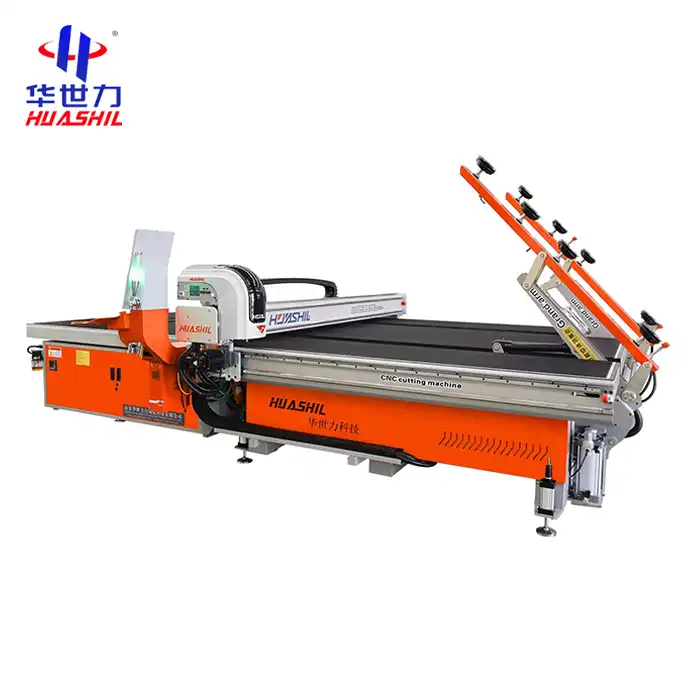- English
- French
- German
- Portuguese
- Spanish
- Russian
- Japanese
- Korean
- Arabic
- Greek
- German
- Turkish
- Italian
- Danish
- Romanian
- Indonesian
- Czech
- Afrikaans
- Swedish
- Polish
- Basque
- Catalan
- Esperanto
- Hindi
- Lao
- Albanian
- Amharic
- Armenian
- Azerbaijani
- Belarusian
- Bengali
- Bosnian
- Bulgarian
- Cebuano
- Chichewa
- Corsican
- Croatian
- Dutch
- Estonian
- Filipino
- Finnish
- Frisian
- Galician
- Georgian
- Gujarati
- Haitian
- Hausa
- Hawaiian
- Hebrew
- Hmong
- Hungarian
- Icelandic
- Igbo
- Javanese
- Kannada
- Kazakh
- Khmer
- Kurdish
- Kyrgyz
- Latin
- Latvian
- Lithuanian
- Luxembou..
- Macedonian
- Malagasy
- Malay
- Malayalam
- Maltese
- Maori
- Marathi
- Mongolian
- Burmese
- Nepali
- Norwegian
- Pashto
- Persian
- Punjabi
- Serbian
- Sesotho
- Sinhala
- Slovak
- Slovenian
- Somali
- Samoan
- Scots Gaelic
- Shona
- Sindhi
- Sundanese
- Swahili
- Tajik
- Tamil
- Telugu
- Thai
- Ukrainian
- Urdu
- Uzbek
- Vietnamese
- Welsh
- Xhosa
- Yiddish
- Yoruba
- Zulu
Are Fast Speed Glass Cutting Machines Energy-Efficient?
In the rapidly evolving world of industrial manufacturing, glass cutting technology stands at the intersection of precision, speed, and environmental consciousness. As industries increasingly prioritize sustainable production methods, the energy efficiency of fast speed glass cutting machines has become a critical area of focus. This comprehensive exploration delves into the intricate relationship between high-speed glass cutting technologies and their energy consumption, examining how modern innovations are reshaping the landscape of industrial glass processing.
The global manufacturing sector has long grappled with the challenge of balancing productivity with environmental responsibility. Glass cutting, a critical process in numerous industries including construction, automotive, electronics, and renewable energy, has traditionally been associated with high energy consumption and significant material waste. However, recent technological advancements have dramatically transformed this landscape, offering unprecedented opportunities for energy optimization and sustainable manufacturing.
How Do High-Speed Glass Cutting Machines Impact Energy Consumption?
The evolution of glass cutting technology represents a remarkable journey of technological innovation and environmental responsibility. Modern high-speed glass cutting machines have undergone significant transformations, moving far beyond the energy-intensive processes of previous generations. Today's advanced systems integrate sophisticated technologies that dramatically reduce energy consumption while maintaining exceptional cutting precision and speed.
At the core of contemporary fast speed glass cutting machines are intelligent energy management systems that optimize power usage throughout the cutting process. These systems utilize advanced sensors and real-time monitoring technologies to minimize unnecessary energy expenditure. For instance, precision servo motors replace traditional hydraulic systems, reducing energy consumption by up to 40% in some cutting applications. The integration of computer numerical control (CNC) technologies allows for unprecedented accuracy, meaning less material waste and more efficient energy utilization.
The technological evolution extends beyond basic mechanical improvements. Advanced control systems now employ predictive algorithms that anticipate potential energy inefficiencies before they occur. These intelligent systems continuously analyze multiple parameters such as material thickness, cutting speed, tool wear, and environmental conditions to optimize energy consumption in real-time. Machine learning algorithms enable these systems to continuously improve their performance, creating a dynamic and adaptive approach to energy management.
Regenerative braking systems represent another breakthrough in energy efficiency. Similar to electric vehicles, these cutting-edge machines can capture and reuse kinetic energy during deceleration, converting potential waste into usable electrical power. This innovative approach can result in energy savings of 15-25% compared to traditional glass cutting equipment. The implementation of such technologies demonstrates the industry's commitment to creating more sustainable manufacturing processes.
The materials used in modern machine construction also contribute significantly to energy efficiency. Lightweight, high-strength composite materials reduce overall machine weight, requiring less energy for movement and operation. Advanced thermal management systems help maintain optimal operating temperatures, further minimizing energy consumption and reducing the risk of performance degradation. Innovative cooling technologies, including phase-change materials and advanced heat pipes, provide more efficient thermal regulation with minimal energy input.

Can Advanced Glass Cutting Technologies Reduce Industrial Energy Waste?
Industrial energy waste has long been a significant environmental concern, with manufacturing processes traditionally consuming substantial amounts of power. Advanced glass cutting technologies are at the forefront of addressing this challenge, introducing groundbreaking solutions that transform energy management in industrial settings.
Laser cutting technologies have emerged as a revolutionary approach to glass processing. Unlike traditional mechanical cutting methods, laser systems offer unprecedented precision with minimal energy consumption. Modern fiber laser cutting machines consume up to 70% less energy compared to conventional cutting methods while providing superior edge quality and minimal material waste. The ability to cut complex geometries with minimal heat-affected zones further enhances their energy efficiency and material preservation capabilities.
Smart manufacturing principles have been instrumental in reducing energy waste. Internet of Things (IoT) technologies enable real-time monitoring and predictive maintenance, allowing manufacturers to identify and address potential energy inefficiencies immediately. Machine learning algorithms analyze cutting patterns, optimizing tool paths and reducing unnecessary movements that consume electrical power. These systems can predict tool wear, schedule maintenance proactively, and adjust cutting parameters dynamically to maximize energy efficiency.
Renewable energy integration represents another critical strategy in reducing industrial energy waste. Many advanced glass cutting facilities now incorporate solar and wind energy systems directly into their manufacturing infrastructure. Hybrid power systems allow machines to draw power from renewable sources during peak production times, significantly reducing carbon footprints and operational costs. Some innovative facilities have developed micro-grid systems that balance energy production, storage, and consumption, creating nearly self-sufficient manufacturing environments.
The development of energy-efficient cooling systems has also played a crucial role. Advanced heat exchanger technologies and intelligent thermal management reduce the energy required to maintain optimal machine temperatures. Some cutting-edge systems can recover up to 60% of waste heat generated during the cutting process, redirecting it for other industrial applications or facility heating. This approach not only reduces energy consumption but also creates a more holistic and sustainable manufacturing ecosystem.

What Makes Modern Glass Cutting Equipment Environmentally Friendly?
Environmental friendliness in fast speed glass cutting machine extends far beyond energy consumption, encompassing a holistic approach to sustainable manufacturing. Modern machines are designed with comprehensive lifecycle assessments, considering environmental impact from production to eventual disposal.
Modular design principles have revolutionized equipment sustainability. Manufacturers now create machines with easily replaceable components, extending equipment lifespans and reducing electronic waste. This approach allows for incremental upgrades rather than complete machine replacements, significantly reducing the environmental burden associated with industrial equipment manufacturing. The modular approach also facilitates easier repairs, knowledge transfer, and technological adaptation.
Material optimization technologies minimize glass waste during the cutting process. Advanced software algorithms calculate the most efficient cutting patterns, reducing material loss to less than 2% in many applications. This precision not only saves raw materials but also reduces the energy required to process and replace wasted glass. Artificial intelligence and machine learning play crucial roles in developing these optimization strategies, continuously improving cutting efficiency and material utilization.
Water-based cutting lubricants have replaced traditional oil-based systems, dramatically reducing environmental contamination. These eco-friendly alternatives provide superior cooling and lubrication while being biodegradable and significantly less harmful to ecosystems. The development of these advanced lubricants demonstrates the industry's commitment to environmental stewardship and sustainable manufacturing practices.
Circular economy principles are increasingly integrated into glass cutting equipment design. Manufacturers are implementing take-back programs and designing machines with recyclable components, creating closed-loop systems that minimize waste and promote sustainable resource utilization. These initiatives not only reduce environmental impact but also create new economic opportunities and business models centered around sustainability.
Conclusion
The convergence of technological innovation and environmental consciousness has transformed fast speed glass cutting machines into models of energy efficiency and sustainable manufacturing. As industries continue to prioritize ecological responsibility, these advanced technologies will play an increasingly critical role in reducing industrial energy consumption.
The future of glass cutting technology lies in continuous innovation, interdisciplinary collaboration, and a commitment to sustainable development. By embracing advanced technologies, optimizing energy management, and adopting holistic environmental strategies, manufacturers can create more efficient, responsible, and competitive production systems.
Shandong Huashil Automation Technology Co., Ltd. is a leading provider in the glass machinery and mechanical equipment industry, offering high-quality products and comprehensive solutions. With over ten years of export experience, the company boasts a mature R&D team, a reliable source factory, and a professional after-sales service team. Huashil’s core services include OEM support, fast delivery, high-cost performance, and dependable after-sales service. The company holds complete certifications, ensuring the highest standards of quality and reliability. If you are interested in exploring our products or wish to establish in-depth cooperation, please feel free to contact us at salescathy@sdhuashil.com for more information.
References
1. International Energy Agency. (2023). "Energy Efficiency in Industrial Processes."
2. Journal of Sustainable Manufacturing. (2022). "Advances in Energy-Efficient Cutting Technologies."
3. Materials Science and Engineering Review. (2023). "Laser Cutting Technologies in Modern Manufacturing."
4. Industrial Energy Efficiency Report. (2022). "Renewable Energy Integration in Manufacturing."
5. Sustainable Technology Journal. (2023). "IoT and Machine Learning in Industrial Energy Management."
6. Green Manufacturing Conference Proceedings. (2022). "Lifecycle Assessment of Industrial Cutting Equipment."
7. Advanced Manufacturing Technologies Review. (2023). "Servo Motor Technologies in Industrial Applications."
8. Environmental Engineering Magazine. (2022). "Renewable Energy Systems in Industrial Settings."
9. Manufacturing Sustainability Report. (2023). "Circular Economy in Equipment Design."
10. Global Energy Efficiency Alliance. (2022). "Emerging Technologies in Energy-Efficient Manufacturing."
Learn about our latest products and discounts through SMS or email

_1735870815672.webp)

